This article was co-authored by Mohammad Dar, MD and by wikiHow staff writer, Christopher M. Osborne, PhD. Dr. Mohammad Dar (MoDar) is a board certified Internist based in Boston, Massachusetts. With over seven years of experience in the medical field, he is skilled in epidemiology, healthcare, and health policy. Dr. Dar has had a myriad of experiences in healthcare, including working on the implementation of the Affordable Care Act at the White House Office of Health Reform, volunteering in rural Uganda with public health initiatives, and leading policy and on-the-ground COVID-19 operations during the pandemic. He has also worked on a number of innovative public health and insurance reform initiatives in Massachusetts. Dr. Dar received a BS in Cell and Molecular Biology and History from The University of Michigan and an MD from The University of Michigan Medical School. He completed his residency training at Harvard Medical School and Brigham and Women’s Hospital, from which he received the Golden Stethoscope Award.
This article has been viewed 76,939 times.
Ivermectin is an antihelminthic medication that can be used to treat worms inside your body or mites on your body. Typically, oral ivermectin is used to treat worms, while topical ivermectin is prescribed for head lice, scabies, or other external conditions.[1] The good news is, it usually only takes a single oral or topical dose to do the job and kill the nasty little critters! Ivermectin is only available by prescription, so follow your doctor’s instructions closely when using it.
Steps
Oral Ivermectin
-
1Talk to your doctor about your suitability for ivermectin treatment. Oral ivermectin is typically used to treat worm infections, especially the worms strongyloides stercoralis and onchocerca volvulus.[2] A single dose of ivermectin is usually sufficient to paralyze and kill the worms.[3]
- Worm infections can cause weight loss, fatigue, abdominal pain, changes in bowel habits, and other symptoms. Visit your doctor for an assessment of your symptoms, testing, and a proper diagnosis.
- Oral ivermectin is safe for most people, but it is not recommended for pregnant women. Nursing women should use it only with extra caution.
- Make sure your doctor knows about all medications and supplements you take, since drug interactions are possible.
-
2Get a prescription for a single oral dose of ivermectin. Regardless of why your doctor prescribes ivermectin for you, you’ll almost certainly only have to take it one time. Depending on your age, weight, and condition, you may need to take one or multiple tablets as part of this single dose.[4]
- Oral ivermectin typically comes in 3 mg tablets, so you may be prescribed 1-4 tablets for your single dose.
- Make sure you are clear on your doctor’s instructions for taking the medication.
- Ivermectin, in oral or topical form, is only available by prescription.
Advertisement -
3Take the medication on empty stomach, 1 hour before breakfast. Ivermectin is absorbed more quickly and efficiently on an empty stomach, which is the case right after you wake up in the morning. For the best results, take the medicine first thing in the morning, then wait at least an hour before eating.[5]
- If your doctor gives you alternate instructions on when to take the medication, follow them.
-
4Drink a full glass of water with your ivermectin dose. For safety when swallowing, and to help spur the absorption of the medication, it’s best to drink 8 fl oz (240 ml) of water when taking your dose of ivermectin. Pop the tablet in your mouth, take a big sip of water, swallow the tablet, and repeat the process if you’re taking additional tablets. Then finish off the glass of water.[6]
- If you want to take the tablets with any beverage other than plain water, clear it with your doctor first.
-
5Watch for side effects and report them if they’re serious. Most people who take oral ivermectin experience only mild side effects, or none at all. The side effects are usually caused by the dying worms, rather than by the medication itself.[7]
- Possible side effects include headache, dizziness, lightheadedness, diarrhea, and swelling of the face or eyes. These typically occur within 1 day and last for no more than 1-2 days.
- If any of the above side effects are moderate or severe, or if you have any difficulty breathing or seeing, contact your doctor right away.
-
6Take a corticosteroid if directed and as directed. If you’re using oral ivermectin to kill worms, your doctor may also prescribe a corticosteroid to deal with inflammation that may be caused by the death of the worms. It’s very important that you follow your doctor’s instructions carefully when taking a corticosteroid, as they can cause significant side effects.[8]
- You may be prescribed corticosteroids for several days or a week, then have to taper off the medication with lower doses over several days.
- Side effects can include high blood pressure, increased blood sugar levels, night sweats, weight gain, and mood swings, among others.
-
7Repeat the dosage in 3-12 months if recommended. A single dose of oral ivermectin is typically sufficient to kill off the worms in your body. However, your doctor will likely recommend a return visit in several months, and may at that time prescribe another dose of ivermectin.[9]
- If this is the case, you’ll take the ivermectin exactly as before.
Topical Ivermectin
-
1Ask your doctor about ivermectin for lice or other conditions. While oral ivermectin usually targets worms living inside your body, topical ivermectin is typically used to kill tiny critters living on your body. It’s a treatment option for head lice, for example, but you’ll have to get a prescription from your doctor to use it.[10]
- For lice treatment, a 0.5% ivermectin lotion is usually prescribed.[11]
- Topical ivermectin may also be prescribed for other external conditions, especially scabies. In some cases oral ivermectin is used for scabies, though.[12]
- The steps in this section describe using topical ivermectin for head lice, so follow your doctor’s instructions if you’re using it for scabies or any other external condition.
-
2Follow your doctor’s instructions for a single head lice treatment. In most cases, you only have to apply ivermectin once in order to kill head lice. Your doctor will probably prescribe a single-use tube of topical ivermectin and give you specific application instructions. Listen carefully to your doctor’s instructions and follow them exactly.[13]
- Never use more than one dose of ivermectin unless instructed by your doctor. If there is any ivermectin left after your dose, throw it away.
-
3Apply the lotion to your scalp and work it through the lice-infested hair. Massage the lotion outward from your scalp to the tips of your hair. Use enough of the lotion to thinly coat all the hair on your head.[14]
- Try not to get any ivermectin in your eyes or mouth. Rinse with lots of clean water if you do get a small amount in your eyes or mouth. Contact your doctor if you get a significant amount in your mouth or eyes.
- With a good mirror, an adult can usually manage doing a self-treatment. Never let a child try to apply ivermectin themselves, however.
- Wash your hands thoroughly with soap and water after applying the lotion.
-
4Rinse the lotion out with water after 10 minutes. It’s important that you leave the lotion on for 10 minutes—this gives it time to paralyze and kill the lice. After 10 minutes is up, take a shower or use a rinsing cup to fully rinse away the lotion. Use nothing but clean water.[15]
- Do not use shampoo to rinse out the lotion. You want some traces of it to be left behind so it can continue to do its work.
- Make sure you don’t get any lotion in your eyes or mouth while rinsing.
- Wash your hands with soap and water after rinsing out the lotion.
-
5Use a lice comb to remove lice eggs in your damp hair. After rinsing out the ivermectin, remove any tangles from your hair with a regular comb or brush. Then, go section-by-section with the lice comb and comb out each section of hair from root to tip. Dip the comb in a bowl of soapy water after every brush stroke.[16]
- Lice eggs look like brownish sesame seeds. Use a magnifying glass if you’re having trouble spotting them.
- Once you're done, flush the soapy water (and lice eggs) down the toilet, then sanitize your lice comb and regular comb or brush in a mixture of 16 fl oz (470 ml) of hot water and 2 tsp (10 ml) of ammonia for at least 10 minutes. Finish by washing your hands with soap and water again.
- You won’t need to use the ivermectin again, but you should repeat this combing process at least once per week for 3 weeks. Contact your doctor if you still spot lice or eggs after 3 weeks.
-
6Sanitize your clothing and personal care items. Wash all the towels, bedding, and clothing that you’ve worn or used recently in hot water, or have them dry cleaned. Sanitize any personal care items that touch your head—like combs and hair clips—in the same type of ammonia solution you used for the lice comb.[17]
- If you don’t take this step, you’ll probably become re-infested with head lice.
-
7Manage mild side effects and report serious ones. Topical ivermectin usually causes only mild side effects. These most commonly include redness, itching, dryness, or dandruff in the application area. You may also experience mild swelling, redness, or irritation around your eyes.[18]
- Talk to your doctor beforehand regarding any other side effects you should look out for.
- Contact your doctor if you have any moderate to severe side effects.
References
- ↑ Mohammad Dar, MD. Board Certified Internist & Health Policy Director. Expert Interview. Friday, September 3, 2021.
- ↑ Mohammad Dar, MD. Board Certified Internist & Health Policy Director. Expert Interview. Friday, September 3, 2021.
- ↑ https://www.drugs.com/mtm/ivermectin.html
- ↑ https://reference.medscape.com/drug/stromectol-ivermectin-342657#0
- ↑ https://www.mayoclinic.org/drugs-supplements/ivermectin-oral-route/description/drg-20064397
- ↑ https://www.mayoclinic.org/drugs-supplements/ivermectin-oral-route/description/drg-20064397
- ↑ https://www.drugs.com/mtm/ivermectin.html
- ↑ https://www.mayoclinic.org/drugs-supplements/ivermectin-oral-route/description/drg-20064397
- ↑ https://www.mayoclinic.org/drugs-supplements/ivermectin-oral-route/description/drg-20064397
- ↑ https://medlineplus.gov/druginfo/meds/a613011.html
- ↑ https://reference.medscape.com/drug/stromectol-ivermectin-342657#0
- ↑ https://www.aafp.org/afp/2003/0915/p1089.html
- ↑ https://medlineplus.gov/druginfo/meds/a613011.html
- ↑ https://medlineplus.gov/druginfo/meds/a613011.html
- ↑ https://medlineplus.gov/druginfo/meds/a613011.html
- ↑ https://medlineplus.gov/druginfo/meds/a613011.html
- ↑ https://medlineplus.gov/druginfo/meds/a613011.html
- ↑ https://medlineplus.gov/druginfo/meds/a613011.html

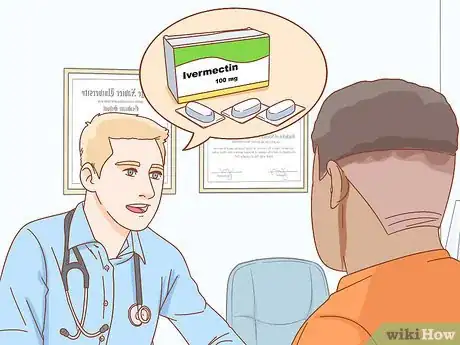
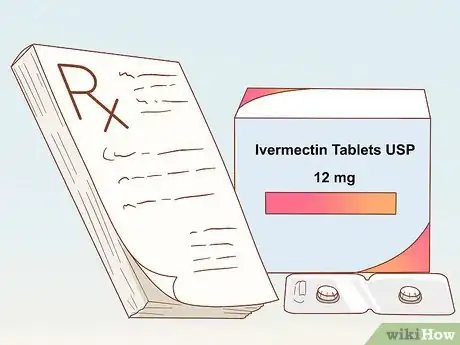
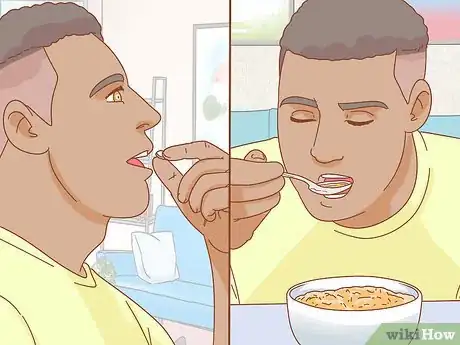

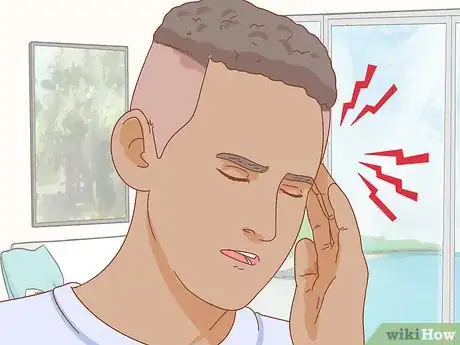
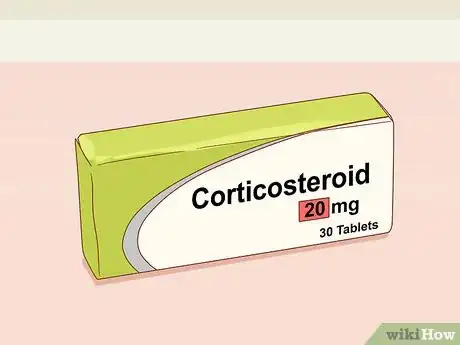
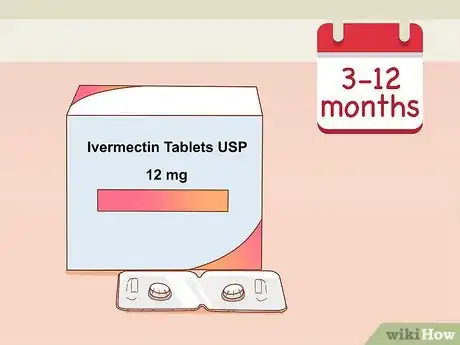
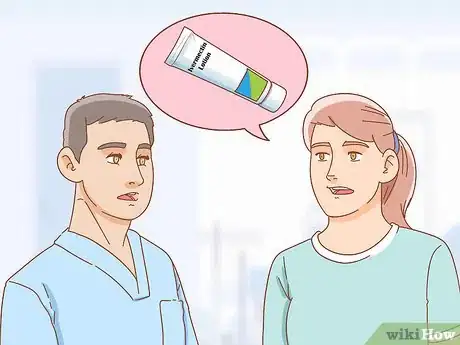
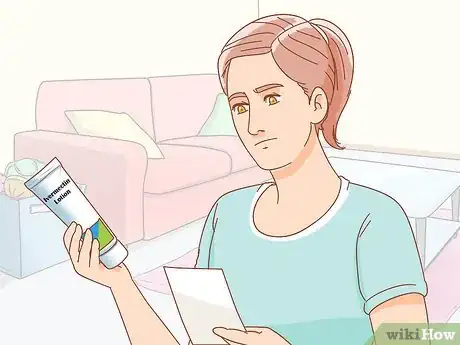
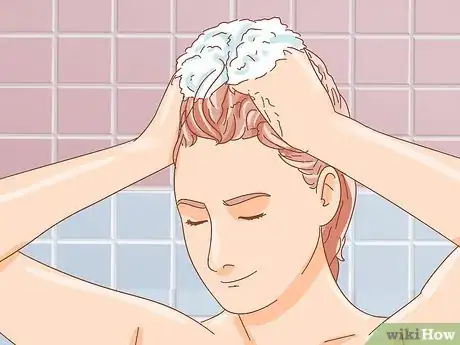
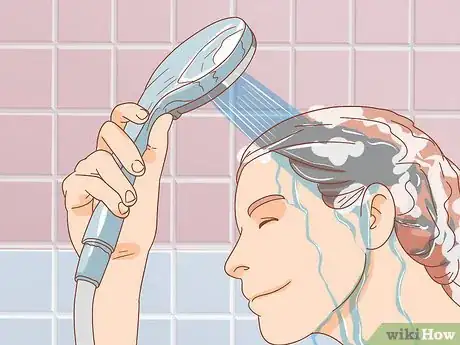
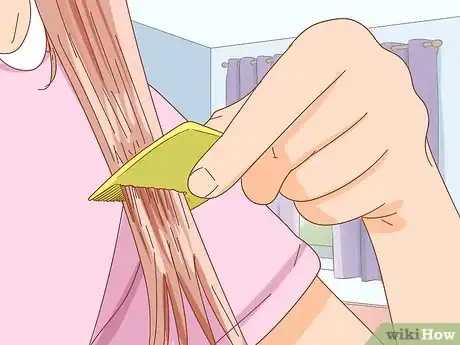
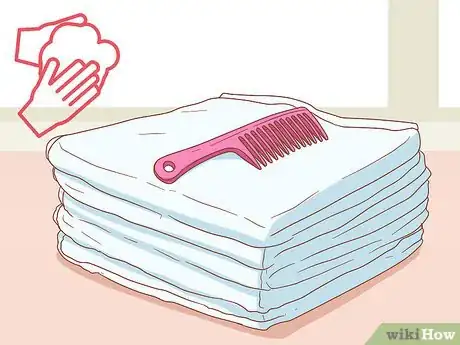
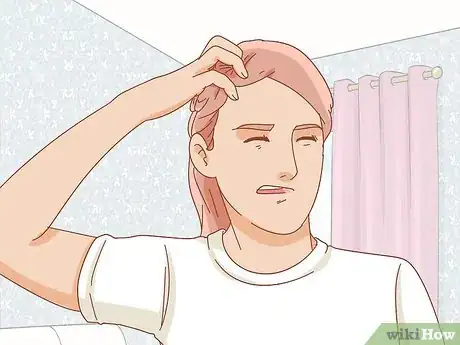

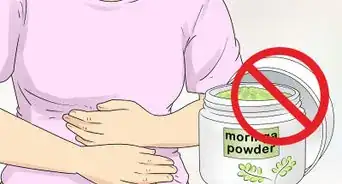




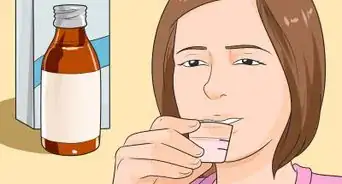





















































Medical Disclaimer
The content of this article is not intended to be a substitute for professional medical advice, examination, diagnosis, or treatment. You should always contact your doctor or other qualified healthcare professional before starting, changing, or stopping any kind of health treatment.
Read More...